Formula 1®
How pit stop expertise can help newborn babies
For around a year now, Williams have been helping the University Hospital of Wales to fine-tune the resuscitation of premature newborn babies. The idea of Formula 1 mechanics and doctors working together might sound a bit weird at first, but the factors that they have in common can easily be explained. They must both work quickly and as a team in an emergency.
The idea for the collaboration came from Dr Rachel Hayward, a neonatal care specialist in Wales. “Resuscitation of a compromised neonate at delivery is time critical, requiring the provision of efficient and effective resuscitation to ensure an optimal outcome. Delays in providing effective resuscitative care can have marked consequences on survival or lead to the development of long term complications,” she told us, explaining why time management in her job is one of the most important factors.
Lessons from Formula 1 pit crew
A pit stop in Formula 1 takes about two seconds. During this time, 20 people work towards achieving one goal – changing four tires quickly and efficiently. Williams hired a human performance specialist to perfect the process. Her job is to ensure the continuous improvement of procedures during pit stops. In addition, Williams work hard and practice tirelessly in the fight for tenths and hundredths of a second by performing about 2,000 pit stops per year.
The University Hospital of Wales has already learned a great deal by following the tire swap and analyzing procedures and organizational techniques. The resuscitation equipment trolley has now been audited and streamlined to ensure that equipment can be located as quickly as possible. The neonatal team have mapped out a standardized floor space in delivery theaters to clearly show the area for the neonatal resuscitation team to work in; copying the customized floor map the Williams team takes to races to map out the specific pit box requirements at each track.
“When we were approached by the neonatal team at the University Hospital of Wales last year to offer some advice we were delighted to assist”, said Claire Williams, the outfit’s deputy team principal, who is extremely enthusiastic about the collaboration. “If some of the advice we have passed on helps to save a young life then this will have been an extremely worthy endeavor. We are increasingly finding that Formula One know-how and technology can benefit other industries, and this is a great example. “As so often happens, every little detail counts here as well: Great is in the Detail.


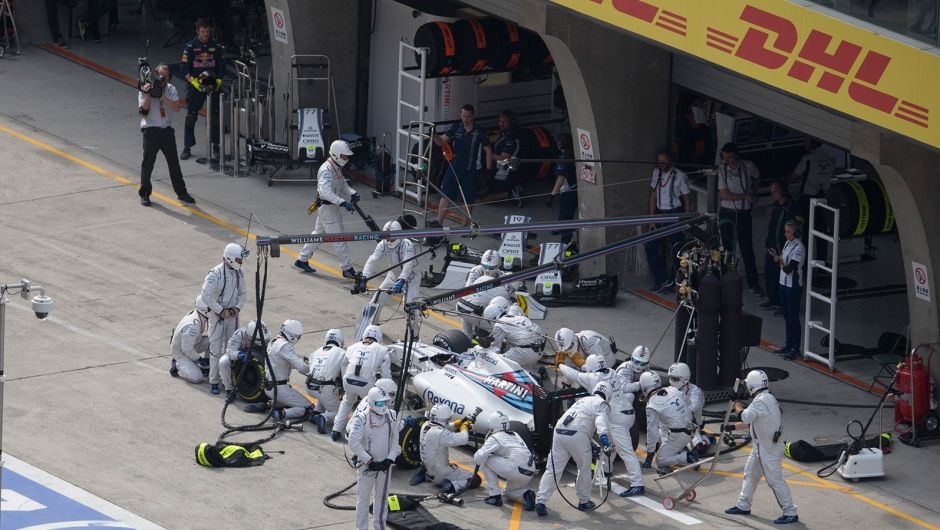
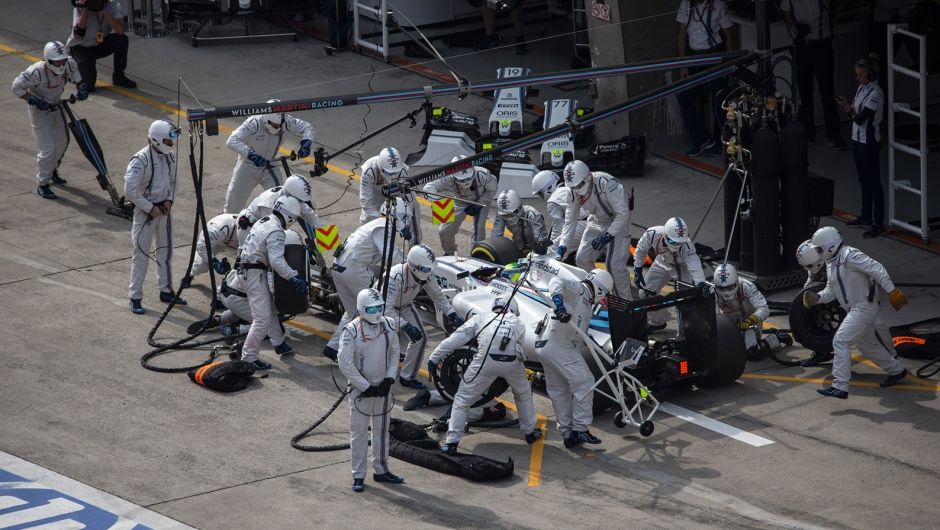

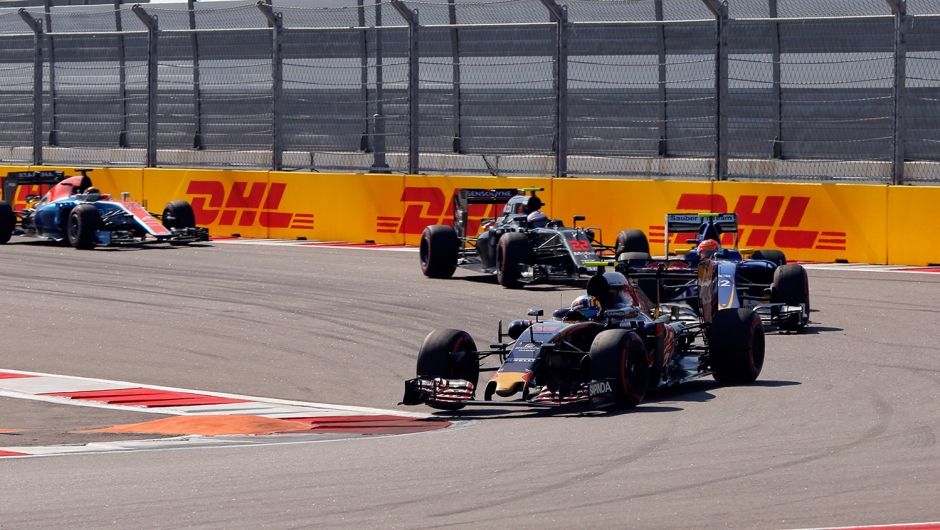
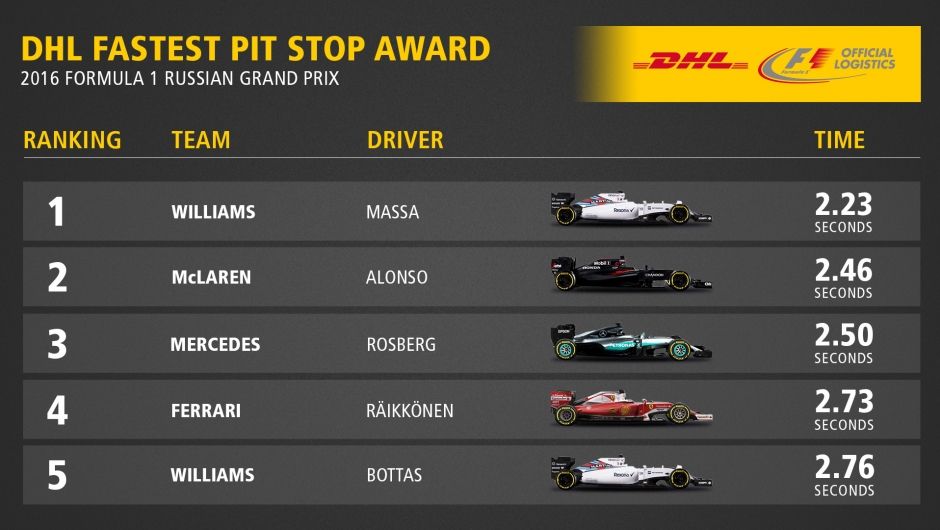
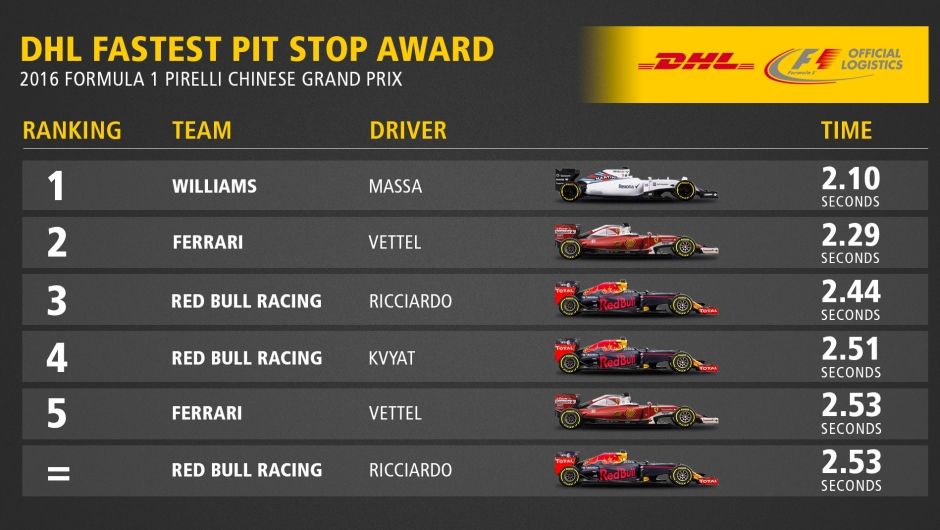

Content from disqus has been blocked because you did not allow to load it.
Loading the blocked content will adjust your privacy setting and content from this service will not be blocked in the future.
You have the right to revoke or change your decision at any time.
Posting Guidelines
All communications on Logistics of Things should be appropriate for a professional community, respecting the diverse views of individuals from different backgrounds. We will review all comments and reserve the right to terminate or restrict access to user's account and to delete any content posted through it, without notice and at our discretion, if we deem it to be overly promotional, offensive, or off topic.
All posting become property of DHL.